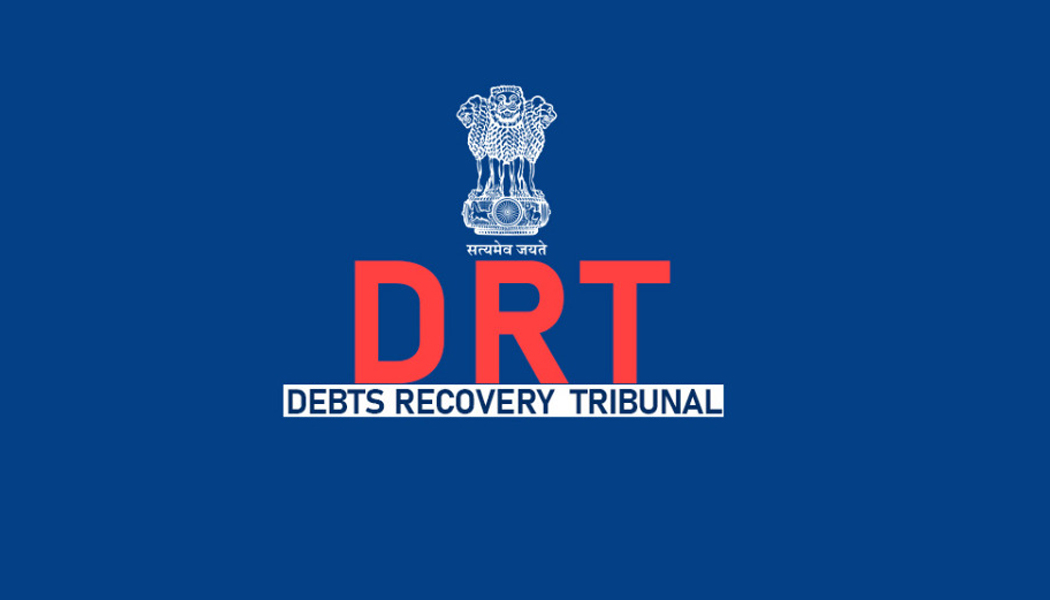
The procedure for issuing a SARFAESI notice
The procedure for issuing a SARFAESI notice
Here’s a detailed explanation of the procedure for issuing a SARFAESI notice in India:
1. Classification of Account as Non-Performing Asset (NPA):
- The first step is for the secured creditor (usually a bank or financial institution) to classify the borrower’s account as an NPA. This occurs when the borrower defaults on scheduled payments for a specified period, typically 90 days.
- The NPA classification is crucial as it triggers the eligibility for SARFAESI proceedings.
2. Issue of Demand Notice under Section 13(2) of the SARFAESI Act:
- Once the account is classified as an NPA, the secured creditor must issue a demand notice to the borrower under Section 13(2) of the SARFAESI Act.
- This notice must be in writing and addressed to the borrower, guarantors, and any other person who has an interest in the secured assets.
- The notice must specify:
- The amount payable by the borrower
- The details of the secured assets
- A period of 60 days for the borrower to repay the outstanding debt
3. Failure to Repay Debt within 60 Days:
- If the borrower fails to repay the debt within 60 days of receiving the demand notice, the secured creditor can proceed with further action under the SARFAESI Act.
4. Issuance of Possession Notice or Sale Notice:
- The secured creditor can issue either a possession notice or a sale notice to the borrower, depending on their intended course of action:
- Possession Notice: This notice informs the borrower of the creditor’s intention to take possession of the secured assets.
- Sale Notice: This notice informs the borrower of the creditor’s intention to sell the secured assets to recover the outstanding debt.
- Both notices must provide a reasonable time period, typically 30 days, for the borrower to make a representation or raise objections.
5. Taking Possession of Secured Assets (if applicable):
- If the borrower fails to comply with the possession notice, the secured creditor can take physical possession of the secured assets.
- This may involve taking over the property, seizing vehicles, or attaching other assets as specified in the security agreement.
6. Sale of Secured Assets:
- The secured creditor can sell the secured assets either through a public auction or a private sale.
- The proceeds from the sale are used to recover the outstanding debt.
- Any surplus amount after debt recovery must be returned to the borrower.
7. Appeal Mechanism:
- The borrower has the right to appeal against any action taken by the secured creditor under the SARFAESI Act before the Debt Recovery Tribunal (DRT).
- The DRT has the power to review the secured creditor’s actions and provide relief to the borrower if it finds any irregularities or violations of the Act.
Additional Points and Considerations:
- Strict Timelines: Each stage of the SARFAESI process has specific timelines that must be adhered to by the secured creditor. Non-compliance can lead to legal challenges from the borrower.
- Documentation: It is crucial for the secured creditor to maintain proper documentation throughout the process, including copies of all notices, communications with the borrower, and records of actions taken.
- Negotiation and Restructuring: While the SARFAESI Act provides a fast-track recovery mechanism, secured creditors may still consider negotiated settlements or debt restructuring plans with the borrower to prevent asset seizure or sale.
- Legal Implications: The process is complex and involves intricate legal provisions. Seeking legal advice from a qualified lawyer specializing in secured lending and debt recovery is highly recommended, especially for borrowers facing potential SARFAESI action.
- Impact on Borrower: It is important to remember that the SARFAESI process can have significant financial and psychological consequences for borrowers. Seeking professional financial and legal assistance early on can help mitigate the negative impact.
I hope this additional information provides further insight into the intricacies of the SARFAESI notice procedure and its implications. Remember, legal matters are highly specific, and professional legal counsel is always advisable for navigating complex situations and protecting your rights.
Adcocate J.S. Rohilla (Civil & Criminal Lawyer in Indore)
Contact: 88271 22304
